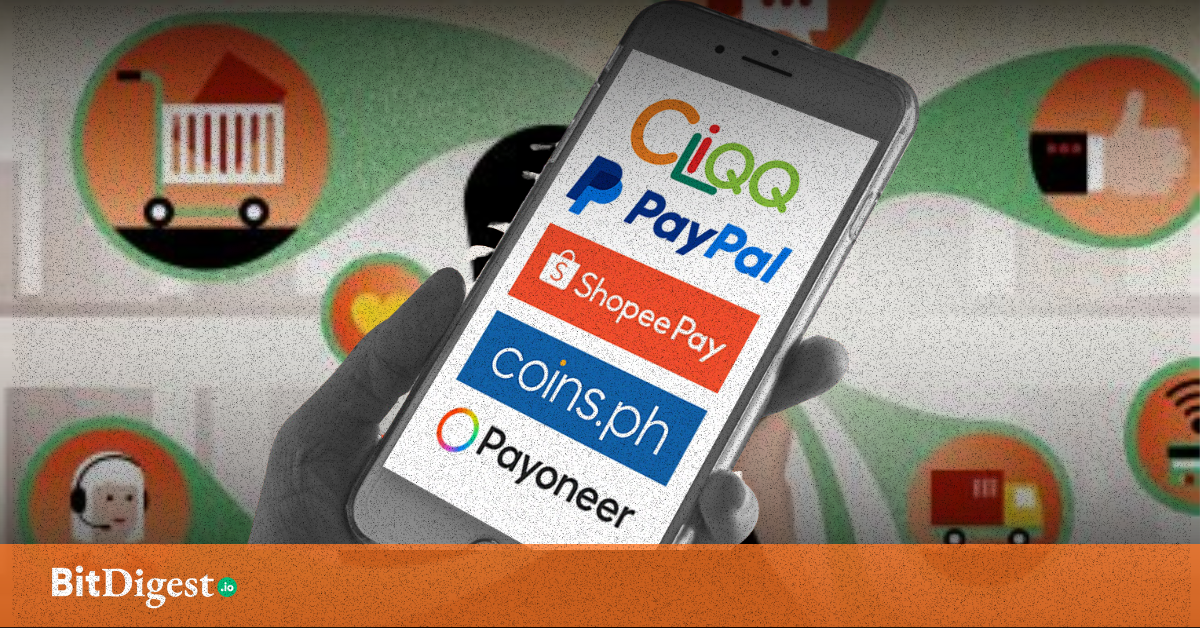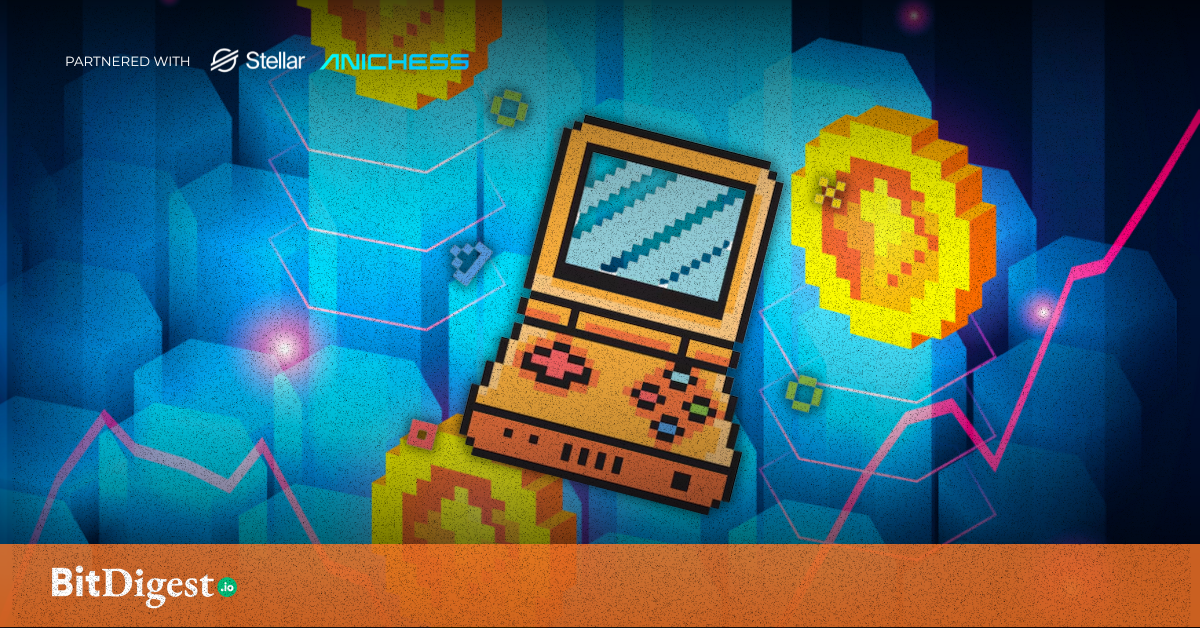What Is Blockchain Sharding?
Sharding of data in databases is not a new concept. That's right! Sharding is a concept borrowed from horizontally scaling databases. Huge companies like Amazon, Azure, and MongoDB openly talk about how to implement database sharding for your specific application. Database sharding splits data into several servers, such that there will be fewer processing needed to query the data. In Web2, once the application has reached a certain number of users, the engineers would most certainly need to use database sharding to scale into different countries and handle millions of traffic e.g. Facebook, Netflix and Shopify. In essence, for a Web2 application to be able to handle global traffic, a technique to scale the database is to implement database sharding which allows a database to horizontally scale.

In the context of Web3, both the database and blockchain do one thing in common: store data. Sharding in databases allows one huge database to be cut into smaller databases and shared across multiple hardware and servers. In the case of blockchain, the same can be said in the nature of how large chains can be split into smaller chains and shared amongst multiple nodes or validators. To add, most proof-of-stake blockchains are utilizing sharding technology such as ETH, NEAR, DOT and ZIL. Blockchain sharding is seen as a solution towards solving the blockchain trilemma (scaling, security and decentralization). Sharding allows more data to be processed, while further decentralizing the blockchain by indirectly requiring more validators. In the case of NEAR, the number of validators increased to 300 from 100 due to blockchain sharding.

The process and ideas behind how blockchain sharding is done is dependent on the blockchain you're researching about. Each of them have different ideas and approaches on implementing blockchain sharding. One thing is for sure, a scalable, secure and decentralized blockchain needs blockchain sharding, so really, in the future, may the best blockchain sharding solution win.
.svg)


.svg) SHARE TO FACEBOOK
SHARE TO FACEBOOK SHARE TO TWITTER/X
SHARE TO TWITTER/X SHARE TO LINKEDIN
SHARE TO LINKEDIN SEND TO MAIL
SEND TO MAIL





.svg)


.svg)